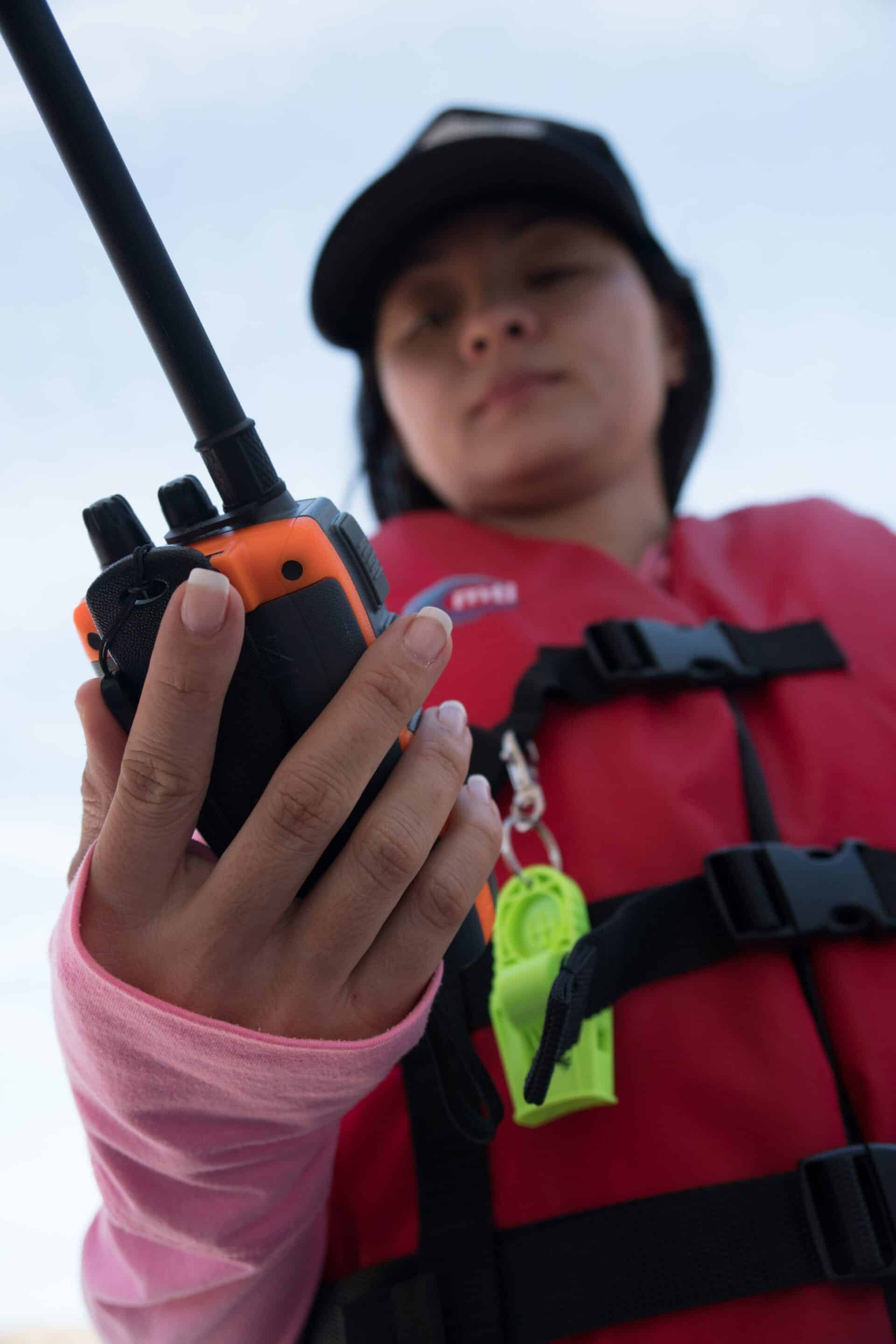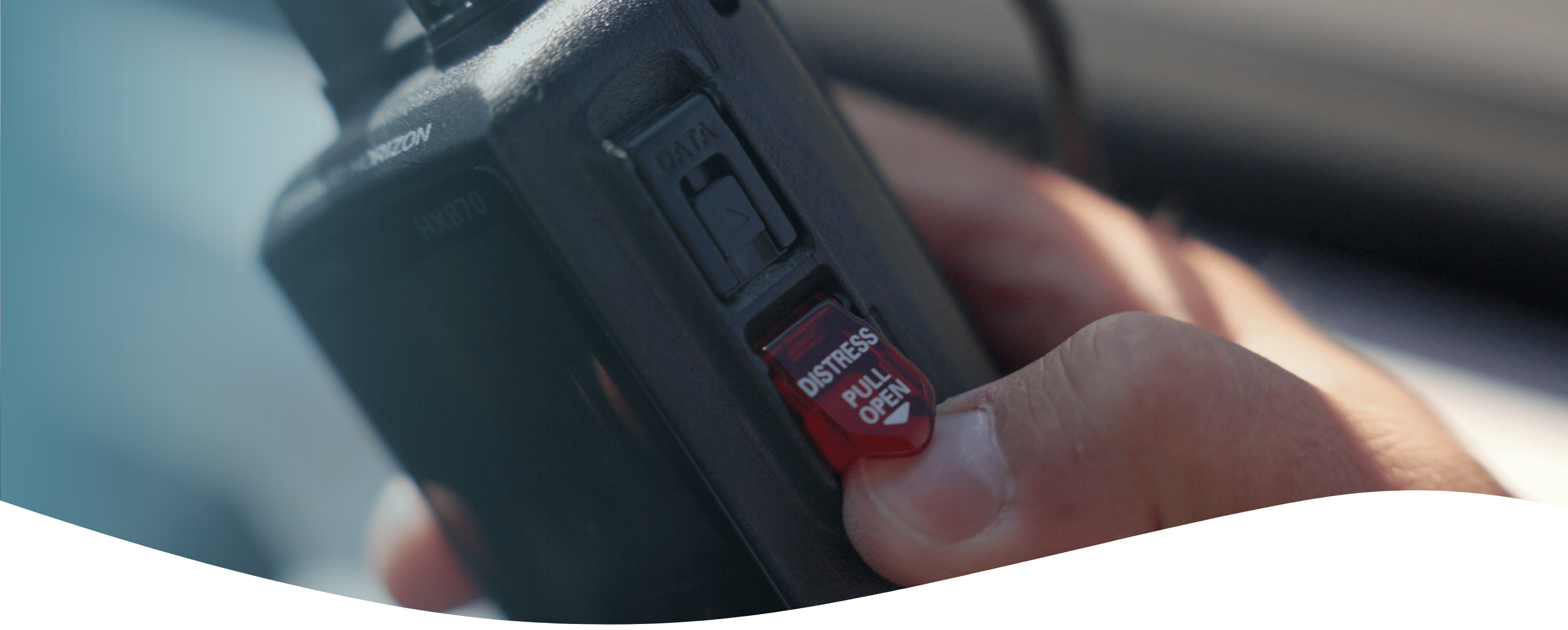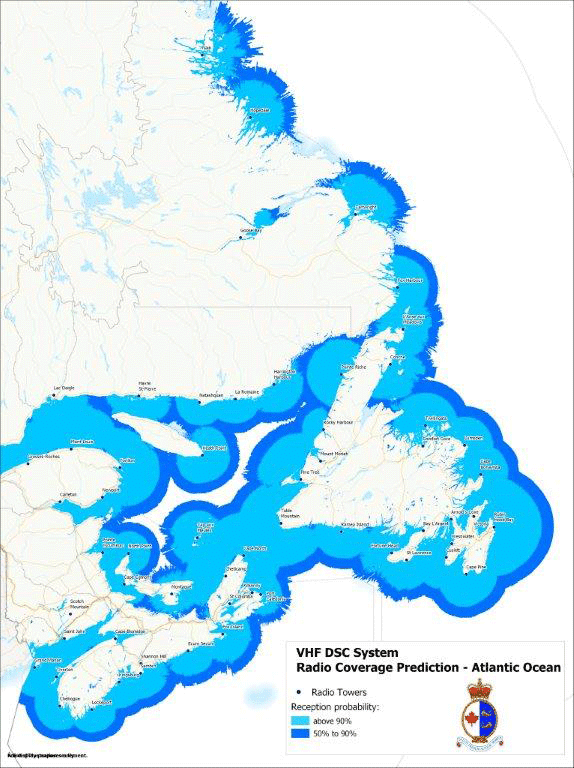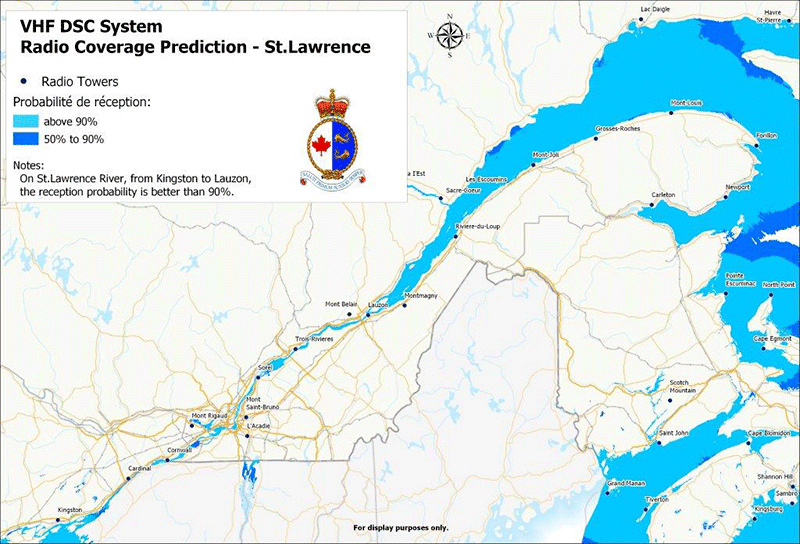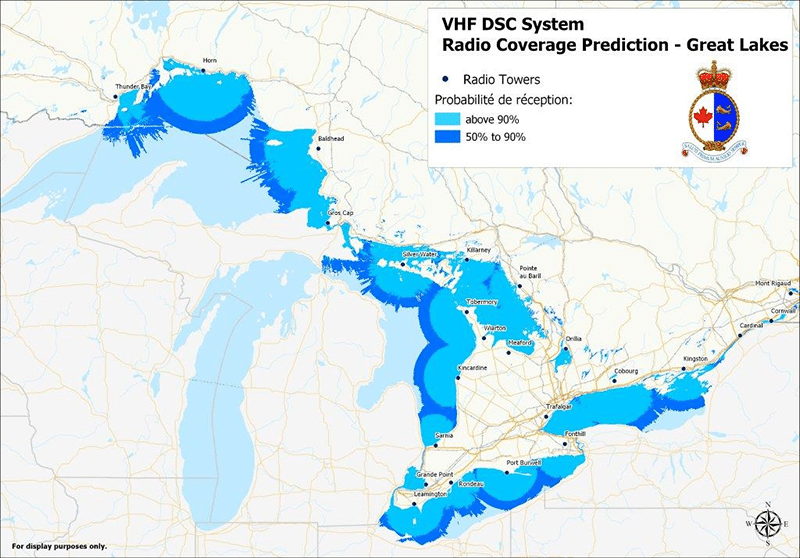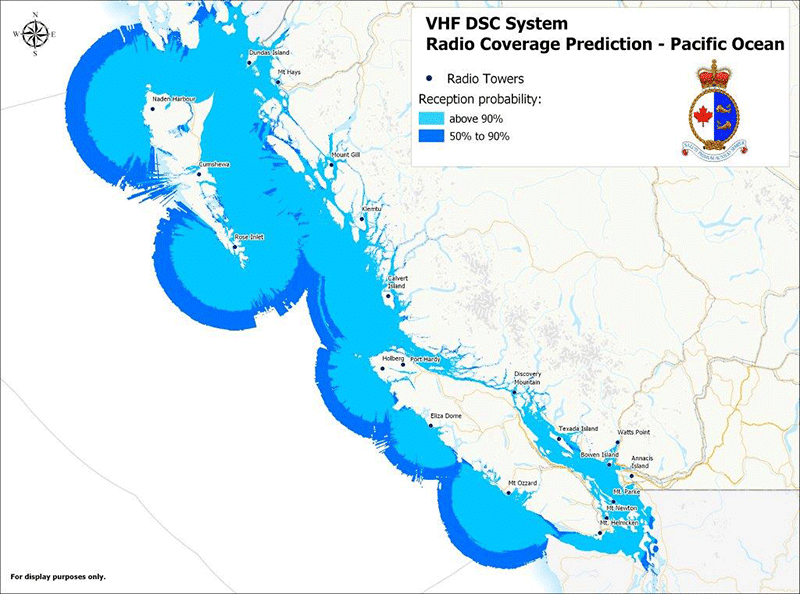VHF RADIO TECHNIQUES
A marine VHF radio is essential not just for emergencies but also for preventing them by facilitating communication with nearby boaters and vessels. With cellphones you need to know the phone number of the person you’re trying to contact and have cell signal. VHF Radios offer quicker on-water communication, as it allows for immediate talking with the push of a button. Plus, Digital Selective Calling (DSC) feature enables VHF radios to sync digitally, enhancing functionality. Here are things to consider before buying a VHF Radio.
Pros and Cons of DSC Radios
Assuming the party you want to call is also using a DSC radio, and that you know their MMSI (Maritime Mobile Service Identity) or MI (Maritime Identity) number, you can call them directly, without having to hail them first by voice on Channel 16. It looks and feels a lot like calling someone from your list of contacts on a cellphone. (Although, as I caution people in my ROC (M) courses, unlike a cellphone, your conversations aren’t private: anyone who’s tuned into the channel you’re using can hear you.)
If you do need to put out a call for help, pushing the red DISTRESS button on a DSC VHF will start digitally broadcasting your Mayday, your MMSI/MI number, and your position in latitude and longitude. Any DSC-VHF-equipped boat with its radio on and in range will receive it, as will the Coast Guard (see the coverage maps areas below). Ideally, you’d follow up pushing the DISTRESS button with a voice Mayday on Channel 16, but I’m sure you can imagine scenarios in which all you have time to do is push the red button, then cope with the situation at hand. In such cases, it’s reassuring to know the radio is automatically squawking out your digital Mayday and updated location every few minutes.
Downsides to DSC radios are that they are more expensive to buy and have a shorter battery life due to powering the integrated GPS (though on many models, you can reduce power consumption by slowing down the position update rate).
Do you want a DSC or non-DSC radio?
My answer is to get one of each. When paddling or instructing in my home waters of English Bay, Vancouver, I use my non-DSC radio since I’m confident of my ability to give my location clearly in reference to local landmarks. That puts the highest daily wear-and-tear on my less expensive radio. For touring, I carry the more expensive DSC radio for its ability to send out my location accurately when I’m in less familiar waters and/or further offshore.
Most radio manufacturers make the instruction manuals for their products available on their websites. So, you can browse the manual for the model you’re considering and see if it has the features, you want and if the menu works in a way that makes sense to you.
If you are buying a VHF Radio with DSC, you’ll need an MMSI or MI number to activate the DSC features. Industry Canada will only issue those for radio models that have been IC-approved. Plus, radios for use here need to have the appropriate CAN, USA, and INTERNATIONAL operating modes. While it’s OK to order radios online, it’s best to do so from stores that have a bricks-and-mortar presence in Canada so you can be sure their products are ready for use here. I had a student in one of my ROC (M) classes who’d ordered a DSC handheld from one of those mysterious overseas sites. It arrived without IC approval or the proper mode functionality, so they wasted their money. (A note to American readers: please adjust the above info for your country. And if you’re paddling in Canadian waters, your radio will need to have a CAN mode for you to talk to users here. This has to do with channel frequencies and simplex-duplex channels.)
Waterproof…ish
Almost all handheld marine VHFs are advertised as being “waterproof”. But that seems to mean something less demanding to ordinary boaters than to kayakers. The typical use for a handheld might be on the decks of a larger boat in the rain, or perhaps in a dinghy on trips away from the mothership. The worst case scenario there might be the dinghy pilot dropping the radio in a few inches of bilge water for ten seconds. But if a kayaker has to do a wet exit with their VHF in a PFD pocket, the radio gets pushed several feet below sea level during the ejection phase, and might remain a foot or more underwater for a long time if reboarding is difficult or impossible.
Waterproofness is measured on an IP scale. IP7 is the minimum for a sea kayaker; IP8 would be great if you find such a radio with all the other features you’d like.
There are custom-made waterproof radio baggies available, but I find them awkward. They make it tough to see the screen and a battle to operate the controls. As a final insult, the baggie clips often prevent the radios from fitting in PFD pockets. So I carry my radio naked and accept that the price of greater accessibility is that it will eventually die from saltwater exposure (usually just after the two or three-year warranty has expired).
By Philip Torrens
Maritime Radio Course Register Examiner and Kayak Instructor for Jericho Beach Kayak. To read more of Philip’s writing about kayak trips and techniques, visit: philiptorrens.com
CanBoat / NautiSavoir members can save on high quality ICOM radio equipment. Discount codes and details are available on the member’s site at: CanBoat.ca (log-in required).
VHF DSC System Radio Coverage Prediction Areas
These maps show the radio coverage prediction areas for VHF Digital Selective Calling (DSC) systems in Canada. Learn more by reading the Radio Aids To Marine Navigation published by the Canadian Coast Guard.
Click to view:
VHF MARINE RADIO COURSE
Get VHF Radio Certified
If you have a VHF radio on board, certification is legally required. It’s the Law. Not having an Restricted Operator Certificate Maritime (ROC-M) can result in significant fines.
With our in-depth course, you’ll gain the skills to:
- communicate clearly,
- call for help instantly,
- and stay connected on the water.
Whether you’re navigating busy marinas or handling an emergency, knowing the right radio procedures makes all the difference.
